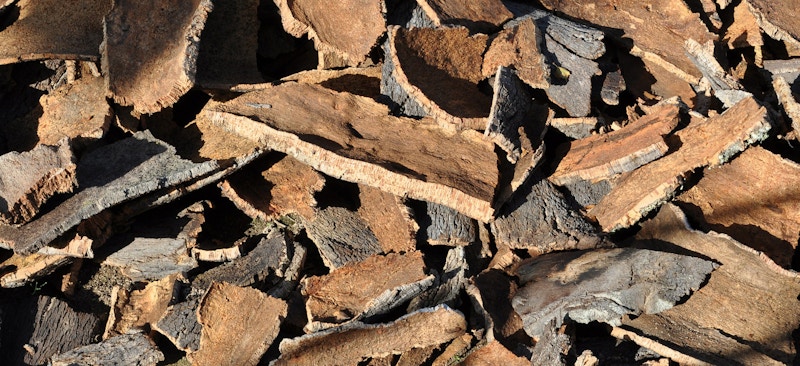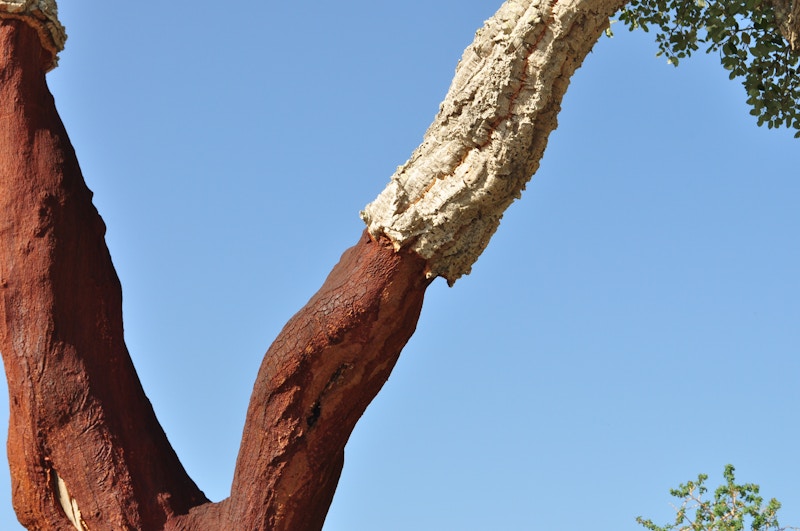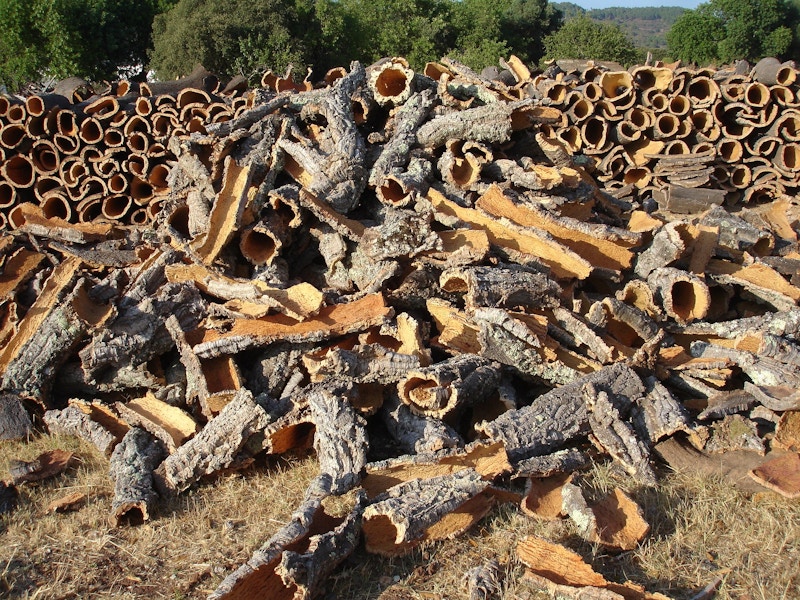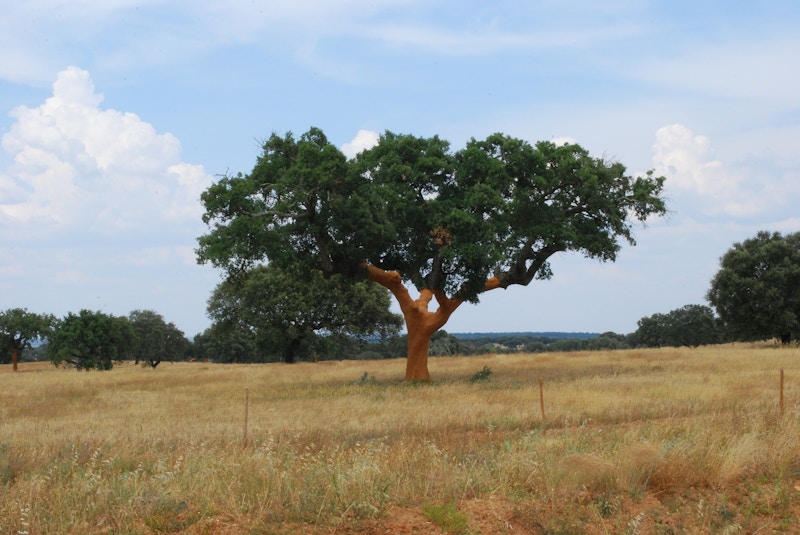Cork as we know it, is harvested by peeling the thick bark away from the trunk and then placed into manufacturing processes. For the purposes of cork harvesting, each tree must reach between 25-30 years of age before the first ‘virgin’ harvest can take place, before then waiting between 9-13 years before the bark has re-grown to an appropriate thickness. Each tree should harvest around 40-60KG of cork.
The sustainability of the process stems from the fact that the bark can be removed without damaging the tree trunk itself. The extraction of the bark is a very delicate process, with the ‘extractors’ careful not to damage the trunk while peeling.
This is a highly sustainable process, especially given that each Cork Oak should last around 300 years, that’s an average of between 33 and 23 harvests! In ecology, the Cork Oak has many uses besides its cork; the bark is generally thick enough to withstand high temperatures during forest fires, usually coming out of them unscathed. While it loses its bark and canopy during the fire, it has the ability to regrow its branches, produce its canopy quickly therefore giving the undergrowth protection, and time to recover. This coupled with the fact that certain species seem to enjoy its forests and use it for habitats, for example the highly endangered Iberian Lynx, with only an estimated 150 adults left as well as the endangered Iberian Imperial Eagle and the Black Stork.



